I don't think history is written by the victors, contrary to the cliché, but it intrigues me to learn how much both the national tragedies and successes of others can be complete blind spots in our own knowledge.
Perched opposite the port of Corfu sits the small and rocky Vido Island. I've visited twice, fleetingly in June 2017 and then with a little more time to explore in August 2018 (all photos from the latter visit). Until I set foot on Vido for the first time, I had no knowledge of the Great Serbian Retreat during the First World War. But what does that have to do with a small Greek island that doesn't even extend to a kilometre across?
The Blue Sea Tomb
In November 1915, Serbia faced an impossible choice. Massively outnumbered by the Central Powers, with Bulgarian forces to the east and the combined strength of Germany and Austria-Hungary to the north, the Serbian government and supreme command made the decision to retreat into exile rather than either surrender or fight on to annihilation.
Of the 400,000 soldiers and civilians who attempted to flee to the Adriatic coast in midwinter over inhospitable and mountainous terrain in Albania and Montenegro, over 210,000 perished along the way. Most of those who made it to the coast - frozen, starving, and weak - were evacuated by the allied French to Corfu.
The exhausted Serbs were barely less vulnerable even in a place of safety. Many simply died of exhaustion, and diseases such as typhus preyed on the weak. Those who were most desperately ill or injured were shipped from mainland Corfu onto Vido Island, for treatment but also to prevent further spread of the disease. A small and rocky island, Vido soon became unsuitable for burying the dead. The death toll was high and many thousands were laid to rest at sea in the nearby waters.
The Serbian war poet Milutin Bojić was amongst the evacuees. Bojić's experiences of Vido inspired his poem Plava Grobnica, "Ode to a Blue Sea Tomb". He survived Corfu and Vido Island, but he did not see the end of the war, succumbing to tuberculosis in Thessaloniki in 1917. He was 25.
Vido Island Today
There's a sad irony that I'm writing this piece about a quarantine island in the midst of a global pandemic. Vido is (usually) accessible by tourist boat from the old port in Corfu Town. It's only a short trip but you get some great views of the Old Fortress and New Fortress from the boat as well as from the shore of the island itself.
Vido isn't inhabited but it does have a solitary taverna near the boat's landing stage as well as a small church nearby. The taverna has the same great view back over to Corfu Town.
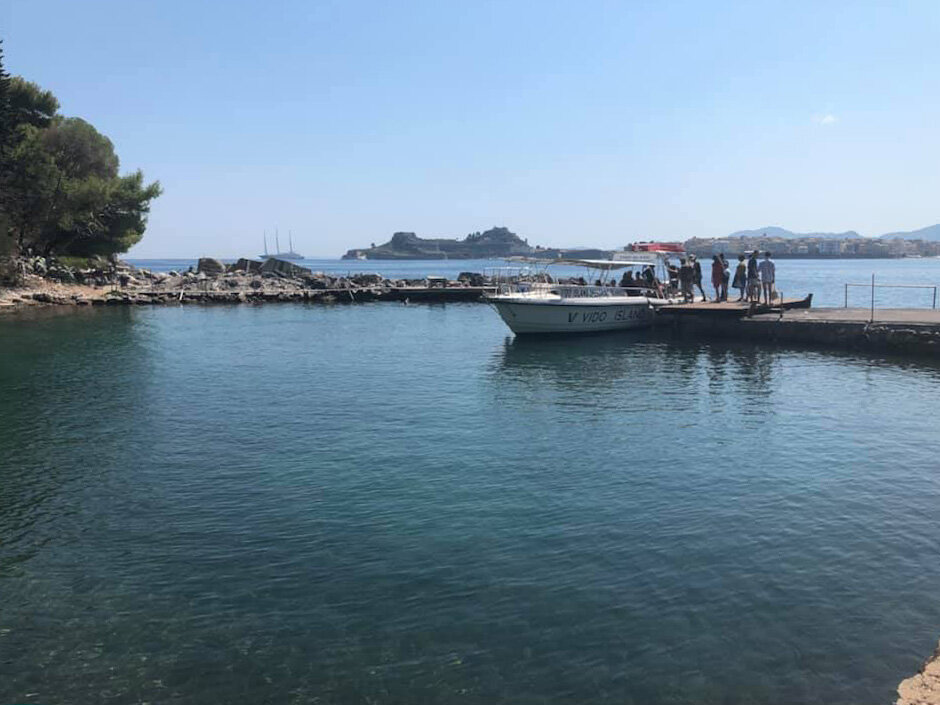
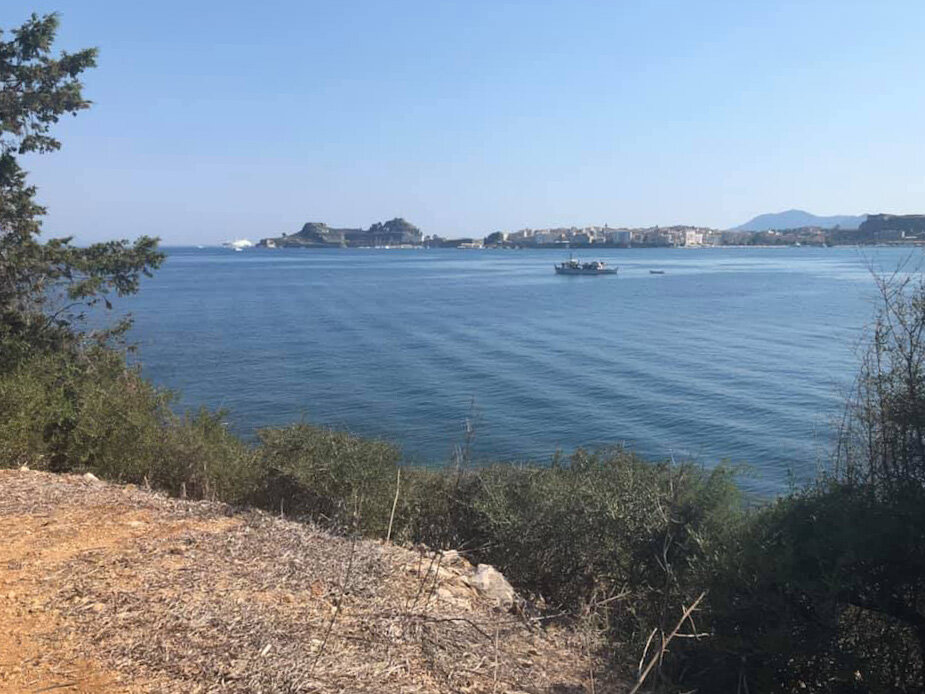
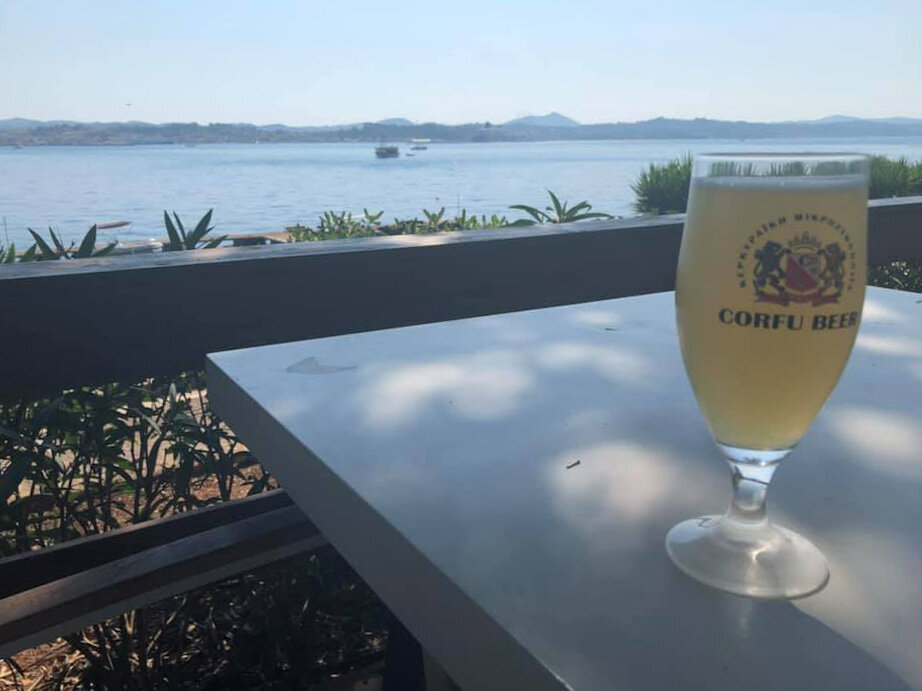
Heading east on the path from the taverna, just past the landing stage you come to the first sign of Vido's history - a monument erected by Serbia after the war in gratitude to the Greek people. Continuing onwards quickly brings you to the huge mausoleum. Below the mausoleum is a plaque and memorial stone, placed to gaze outwards towards the sea and etched with a passage from Bojić's Plava Grobnica. It is a peaceful and beautiful spot, which makes it all the harder to picture the full horror and desperation of the island's past. Rest easy.
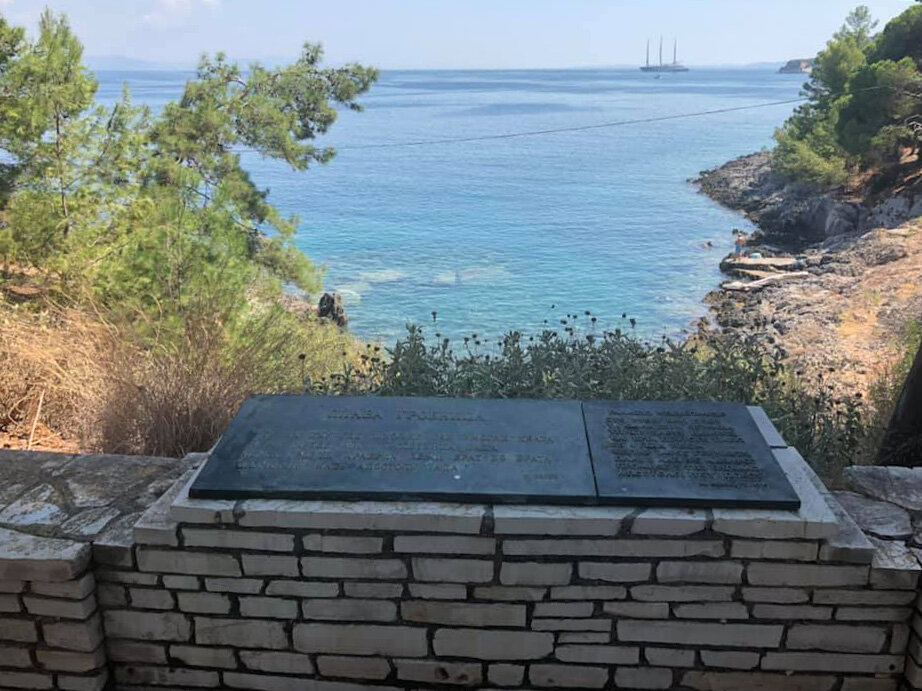
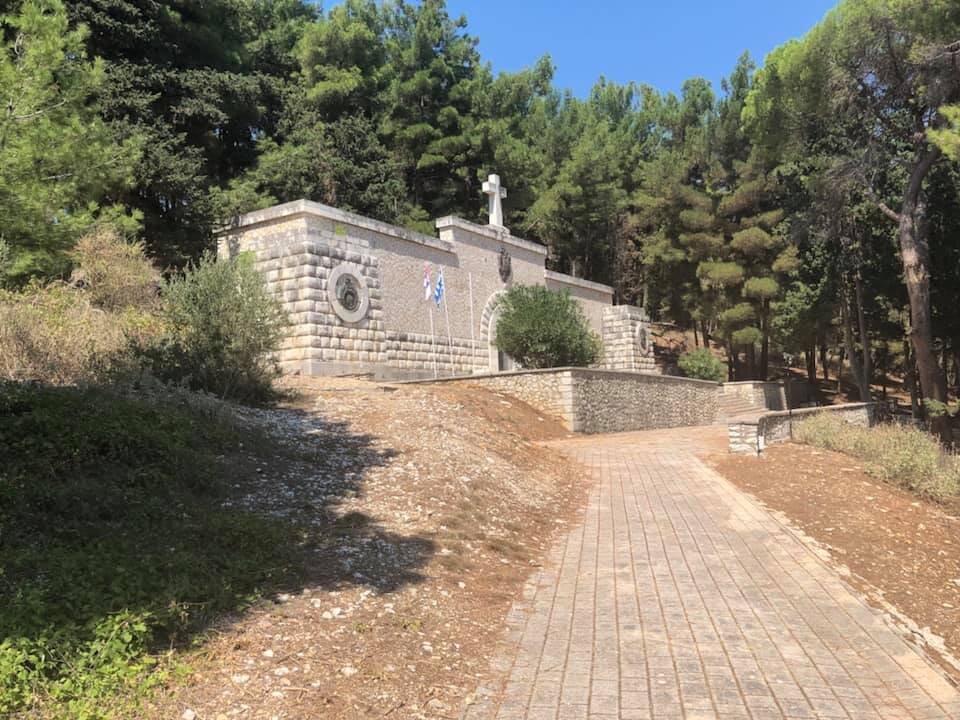
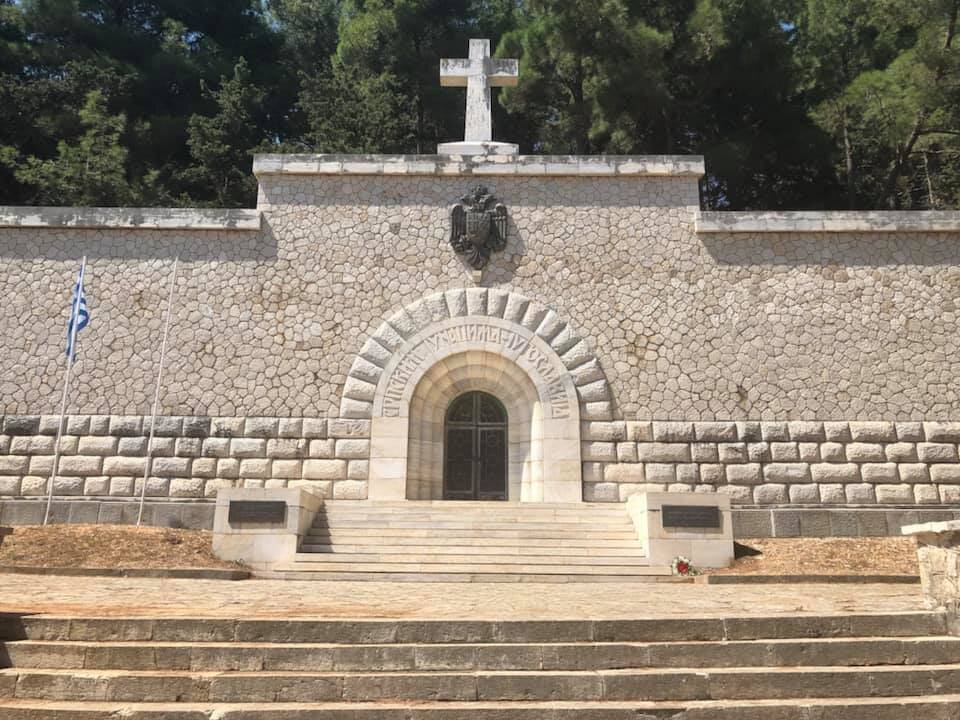
Leaving the mausoleum behind, the path continues down to the rocky eastern shore where there is a view of the Greek and Albanian mainland across the strait. Away from the shoreline though, the path is mercifully wooded and shaded across much of the island, offering at least a semblance of relief from the sort of weather you'd expect from a Greek island in midsummer. The path then cuts inland (such that there is an inland on an island barely 900m across) with a scout campsite on the right.
Vido's best beach is on the north shore, with a great view across the bay towards Pantokrator, Corfu's highest peak at 906m (2,972ft). Even in an article about a Greek island I managed to sneak in reference to a mountain. It's a perfectly clear day, which only serves to remind me that the one time I visited Pantokrator's summit, it was completely engulfed in cloud. Never mind. There are a variety of paths all leading back to the taverna and to the boat landing stage, but it's possible to broadly stick to the shoreline for a fine circular walk, just short enough not to be overwhelming in the summer heat. The beach is busy but the woodland paths are quiet and tranquil - such a contrast from the bustling Old Town visible across the bay.
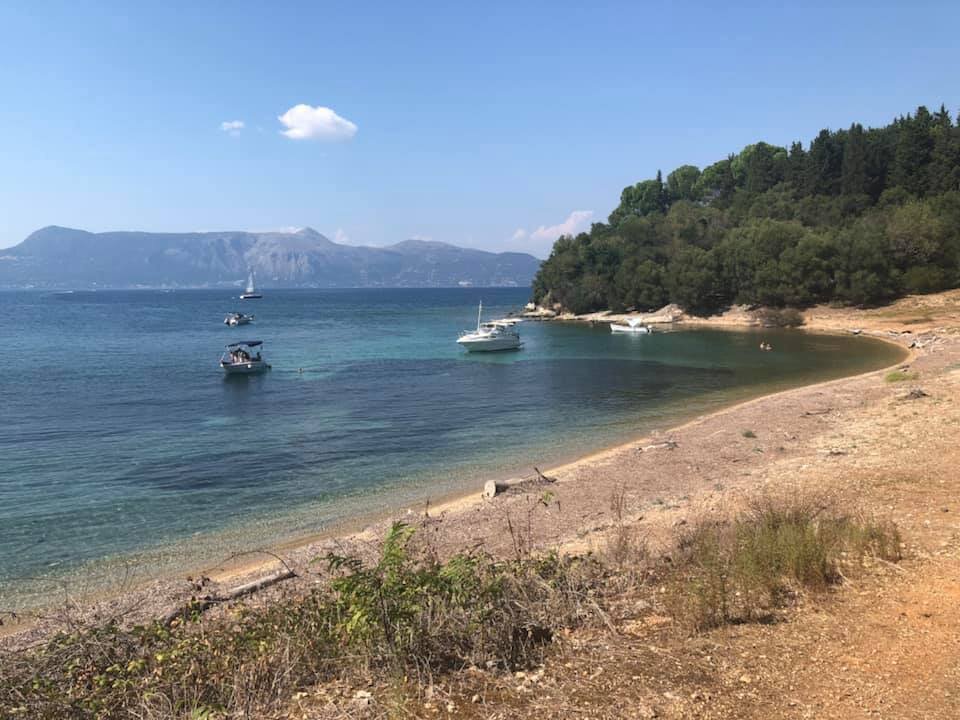
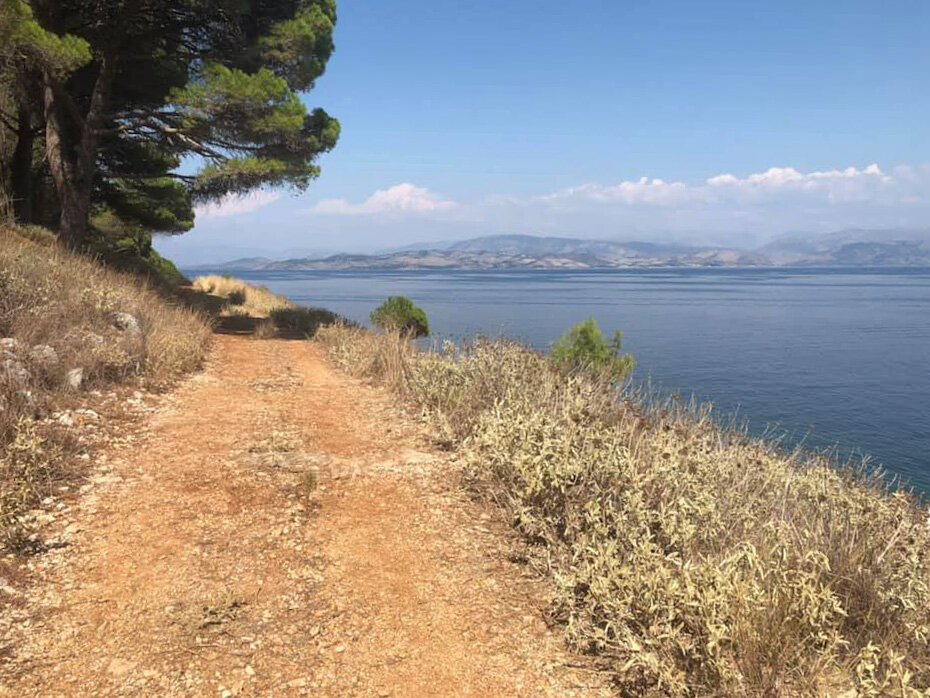
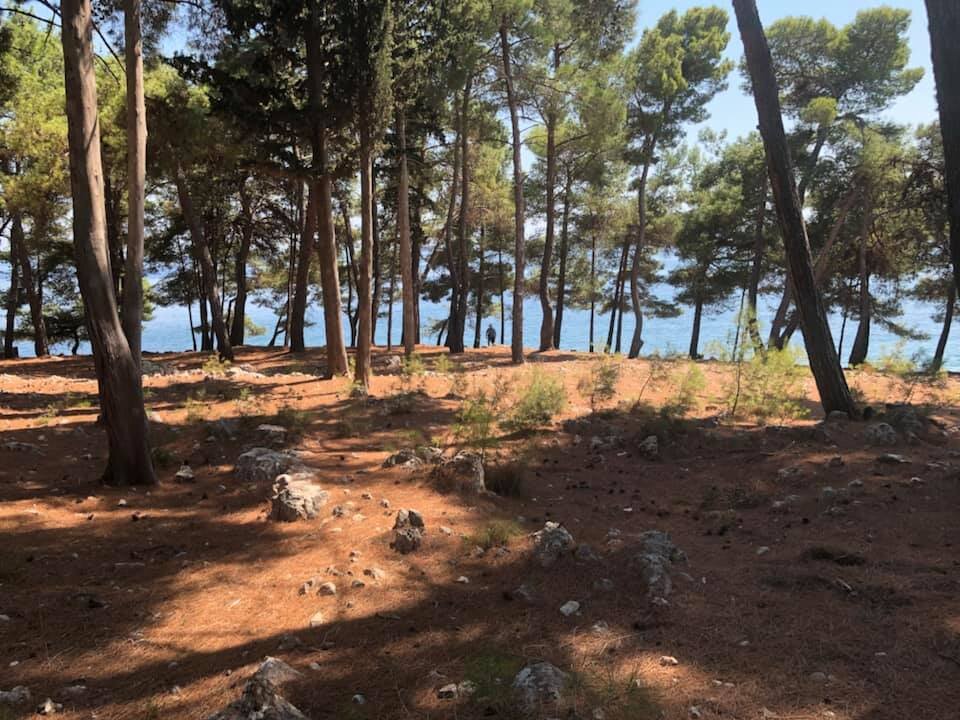
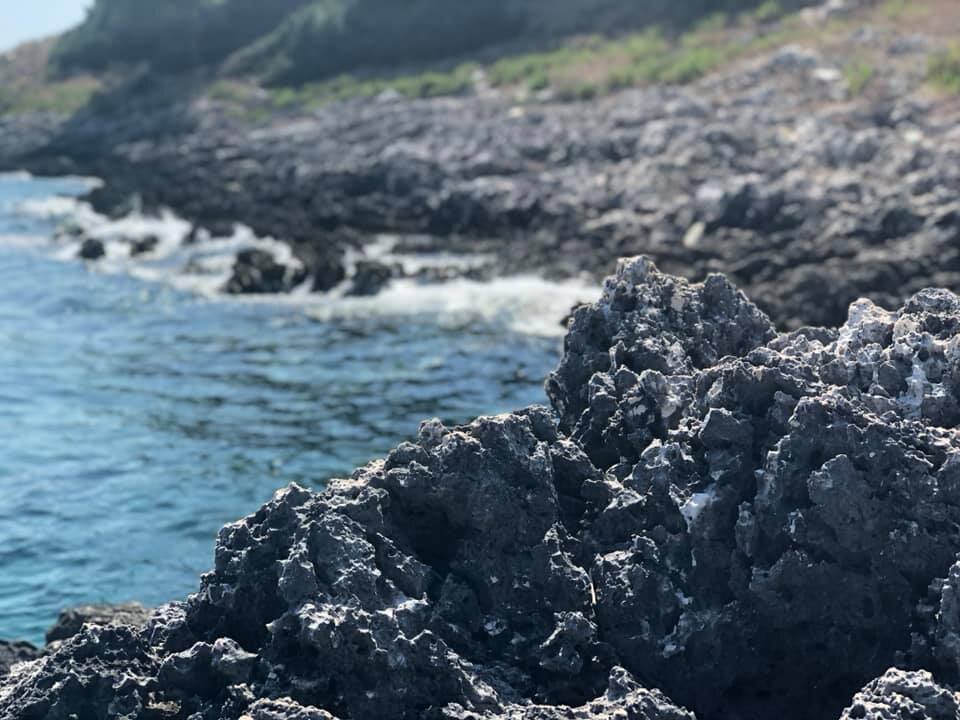
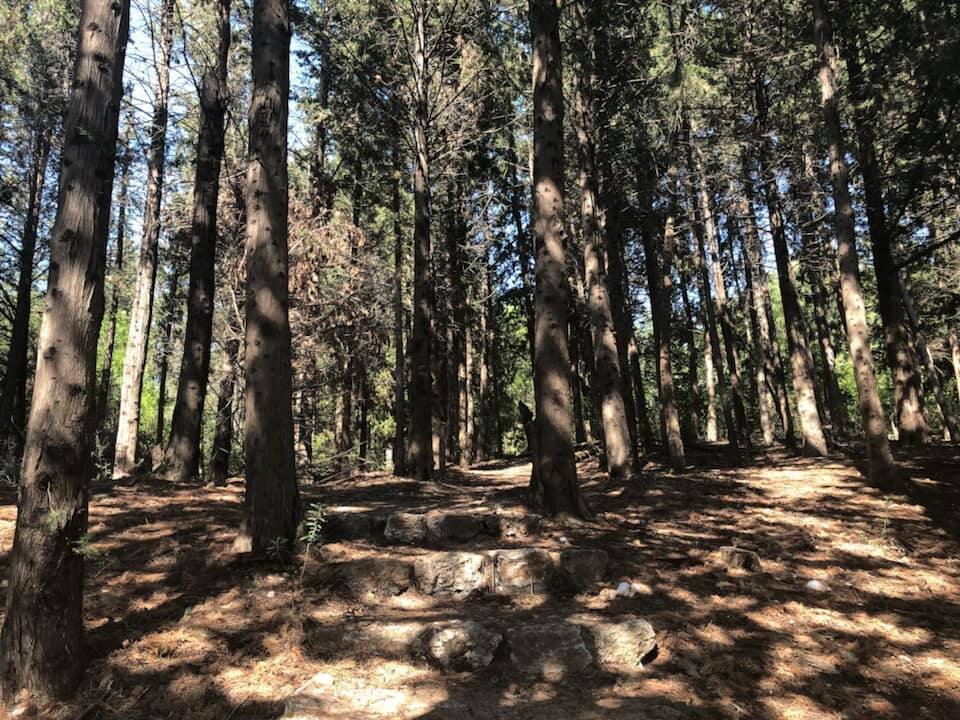
If you enjoyed reading this, why not follow my Facebook page for the latest updates? You can also follow me on Twitter and on Instagram. You can also subscribe to my YouTube channel in advance of content coming soon!
